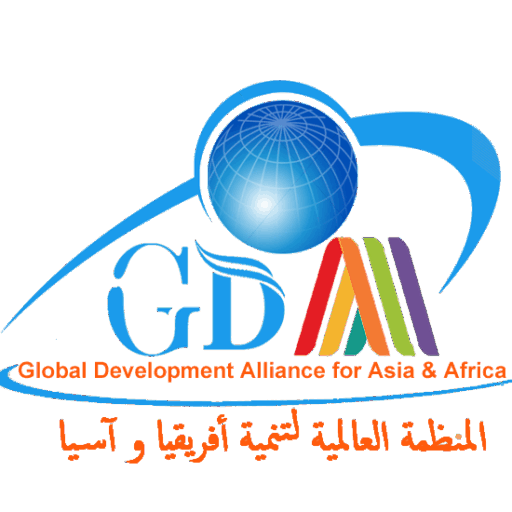[vc_row css= ».vc_custom_1450677977665{margin-bottom: 0px !important;} »][vc_column][rev_slider_vc alias= »fullscreen-main-slider »][stm_image_carousel grayscale= »yes » h_centered= »yes » img_size= »350×130″ style= »style_2″ autoplay= »yes » timeout= »1000″ loop= »yes » smart_speed= »2500″ items= »7″ images= »2961,2341,1714,1712,2579,2581,2590,2594,2608,2611,2621″ el_class= »no_paddings » custom_links= »#E-8_aHR0cCUzQSUyRiUyRnd3dy5jZXBleC5uYXQudG4lMkYlMkN3d3cudHVuaXNhaXIuY29tJTJGJTJDZW5nbGlzaC5uY2VwdS5lZHUuY24lMkYlMkN3d3cuYWlyZnJhbmNlLnRuJTJDZW4udGpwdS5lZHUuY24lMkYlMkNodHRwJTNBJTJGJTJGc3VwdGVjaC50biUyRiUyQ2h0dHAlM0ElMkYlMkZlbi50anB1LmVkdS5jbiUyRiUyQ2h0dHAlM0ElMkYlMkZ3d3cudGptYy5lZHUuY24lMkYlMkMlMkNodHRwJTNBJTJGJTJGZ2RhYWEub3JnJTJGJTJDaHR0cCUzQSUyRiUyRnR1bmlzaWF1bml2ZXJzaXR5LmNvbSUyRiUyQw== »][vc_column_text][/vc_column_text][/vc_column][/vc_row][vc_row][vc_column width= »2/3″][vc_column_text css= » »]

Certainly! Here’s the concept of a Biodiversity Cluster based on the Golden Triangle – University, Research & Innovation, and Sustainable Enterprise – in Africa, in English:
🌍 1. Context: Why the « Golden Triangle » Biodiversity Cluster is Relevant in Africa
Africa holds:
- Over 20% of the world’s biodiversity
- Rich ecosystems facing climate and human pressure
- A young population in search of green, meaningful jobs
- Weak links between academia, research, and sustainable industry
The Golden Triangle model creates a structured ecosystem where knowledge, innovation, and sustainable business work together to preserve biodiversity while generating inclusive development.
🔺 2. The Golden Triangle Model: Core Components
🎓 University
- Offers specialized training in:
- Biodiversity management, environmental law, eco-engineering
- Nature-based tourism, green entrepreneurship
- Hosts academic programs: Professional Licenses, Master’s, PhD/DBA
- Provides environmental education and awareness for youth and communities
🔬 Research & Innovation
- Hosts research centers on:
- Ecosystem monitoring and biodiversity data (using AI, GIS, sensors)
- Restoration ecology and nature-based solutions
- Valorization of biodiversity: medicinal plants, eco-cosmetics, food tech
- Promotes innovation and applied R&D for conservation and green economy
🌱 Sustainable Enterprise
- Supports startups and SMEs in green sectors:
- Ecotourism, agroecology, circular economy, eco-products
- Encourages community-based cooperatives
- Builds sustainable value chains for local biodiversity products
- Attracts impact investors and green finance
🧩 3. The Biodiversity Cluster as the Integrator
The Biodiversity Cluster becomes a regional innovation and development hub that:
- Bridges universities, researchers, and entrepreneurs
- Coordinates training, research, conservation, and business incubation
- Hosts cross-sectoral partnerships (public, private, civil society)
- Facilitates access to climate and biodiversity finance
🎯 4. Strategic Goals of the Biodiversity Cluster
| Goal | Key Actions |
|---|---|
| 🌳 Conservation of biodiversity | Monitoring, education, restoration projects |
| 💡 Stimulate innovation | Eco-technologies, research, green patents |
| 📚 Build local capacities | Training, certification, professional upskilling |
| 💼 Create green jobs | Local enterprise, ecotourism, agro-based businesses |
| 🌐 Enhance territorial development | Eco-tourism circuits, rural development, carbon offsetting |
📌 5. Example Use Cases in Africa
📍 Use Case 1: Protected Area or Biosphere Reserve
- A university-led research station inside or near the reserve
- Partnerships with local communities and rangers
- Development of eco-tourism and nature-based businesses
📍 Use Case 2: Green Innovation Campus
- A university-anchored eco-innovation hub
- Incubation of startups in bioeconomy and climate tech
- Joint research programs with international partners (GIZ, AFD, EU)
📈 6. Conditions for Success
- Strong local and regional governance
- Initial investment and structured financing (e.g. GCF, GEF, UNDP)
- Inclusive multi-stakeholder governance
- Integration into national and regional biodiversity strategies
- Engagement with international academic and business partners
🔁 Conceptual Diagram
UNIVERSITY
|
|
RESEARCH & INNOVATION —— SUSTAINABLE ENTERPRISE
\ /
\ /
\___________/
BIODIVERSITY CLUSTER
✅ Final Note
This model can become a flagship framework for Africa’s ecological transition, combining science, skills, and sustainability into one collaborative engine for green growth.
[/vc_column_text][/vc_column][vc_column width= »1/3″][vc_column_text css= » »]
 [/vc_column_text][vc_column_text]
[/vc_column_text][vc_column_text]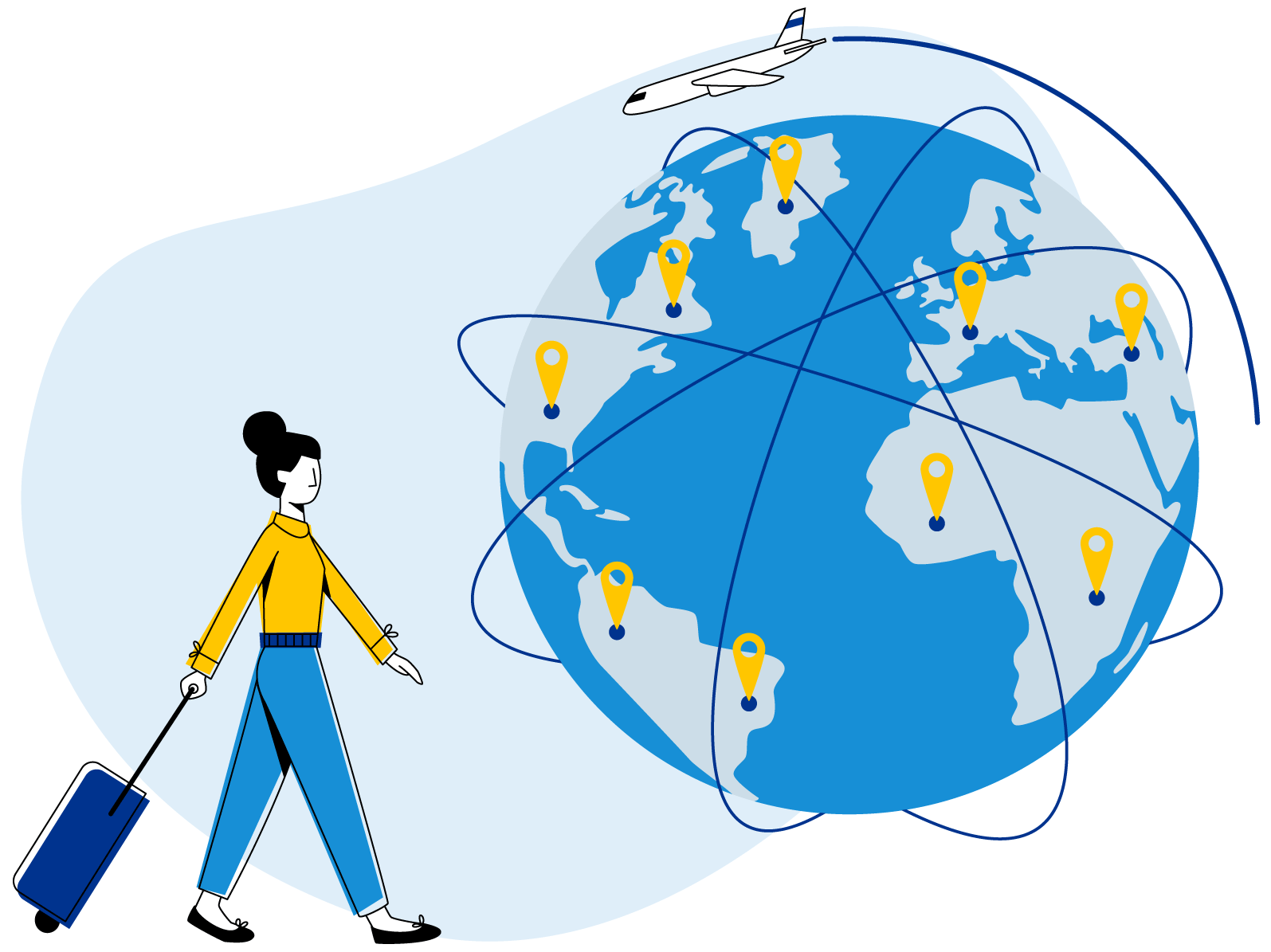 [/vc_column_text][vc_column_text]
[/vc_column_text][vc_column_text] [/vc_column_text][vc_column_text css= » »]
[/vc_column_text][vc_column_text css= » »]
[/vc_column_text][vc_column_text css= » »]
CLUSTER
 [/vc_column_text][vc_column_text css= » »]
[/vc_column_text][vc_column_text css= » »]
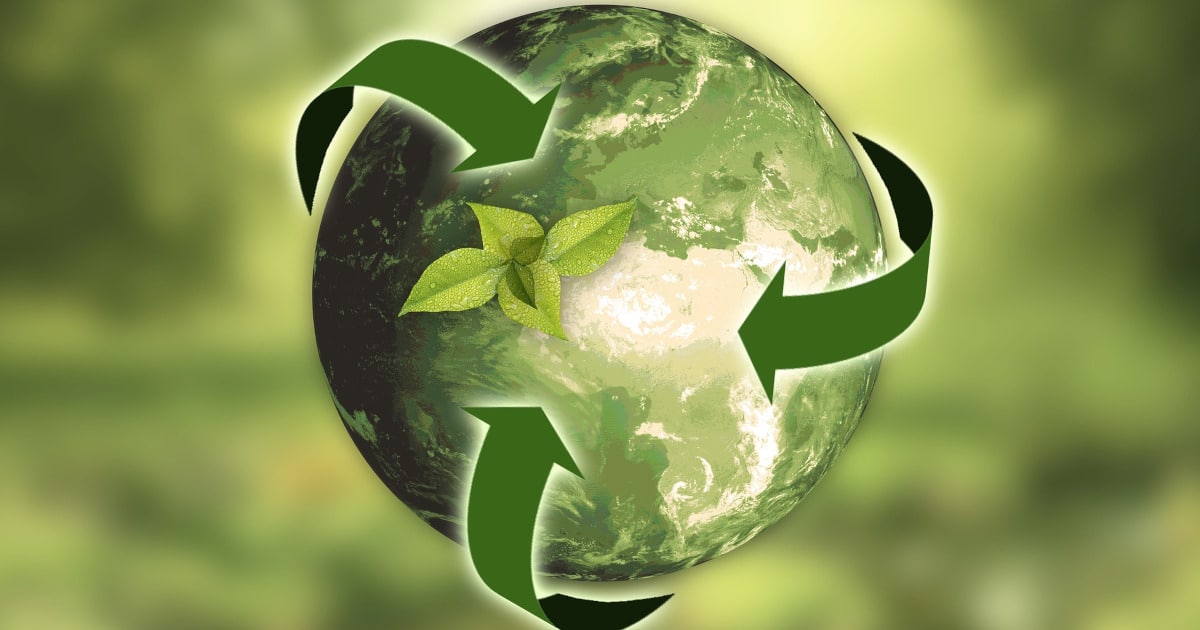 [/vc_column_text][vc_column_text css= » »]
[/vc_column_text][vc_column_text css= » »].[/vc_column_text][vc_column_text css= » »]
 .[/vc_column_text][vc_column_text css= » »]
.[/vc_column_text][vc_column_text css= » »]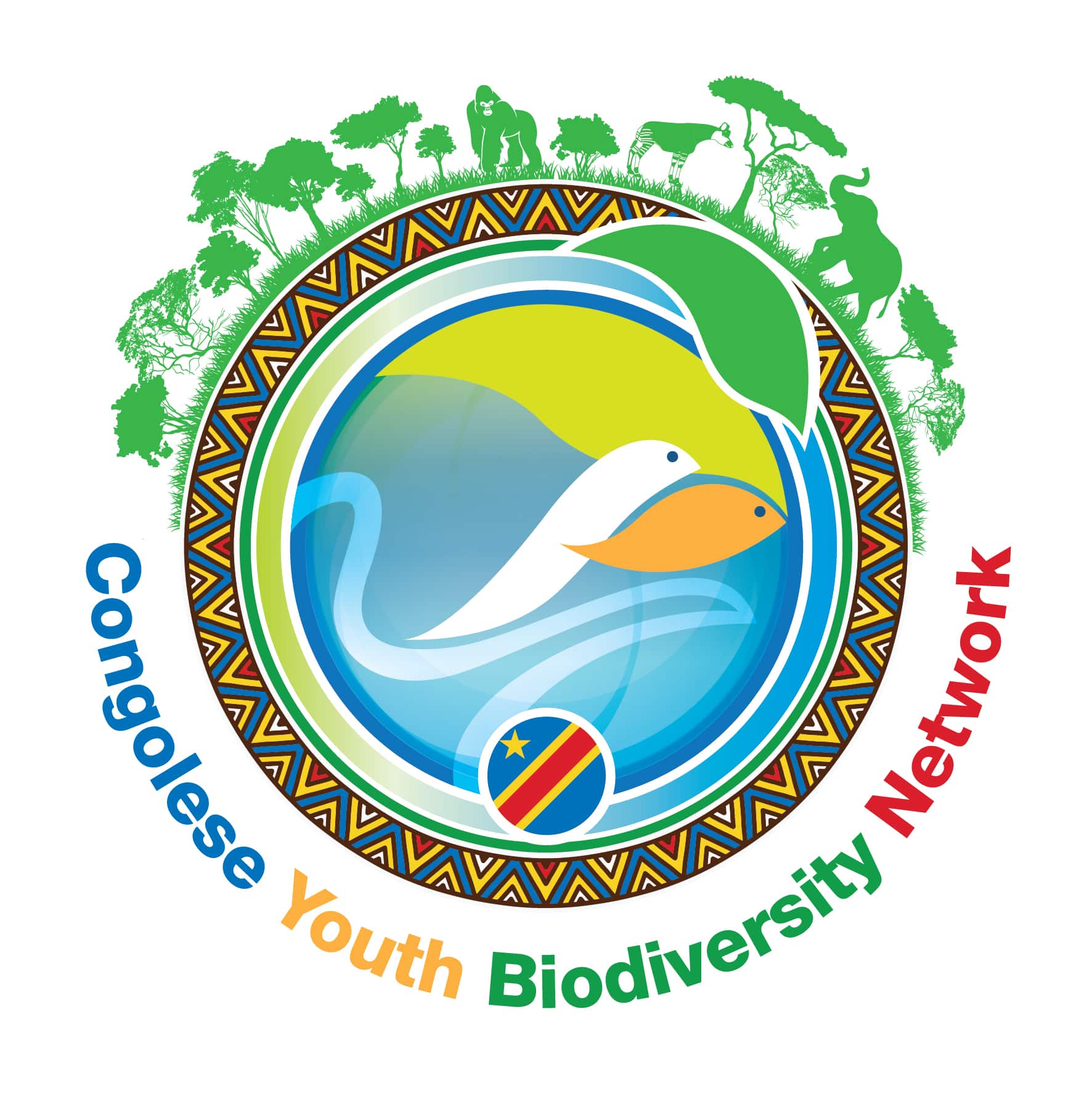 .[/vc_column_text][vc_column_text css= » »]
.[/vc_column_text][vc_column_text css= » »].[/vc_column_text][vc_column_text css= » »]
[/vc_column_text][vc_column_text css= » »]
 [/vc_column_text][vc_column_text css= » »]
[/vc_column_text][vc_column_text css= » »]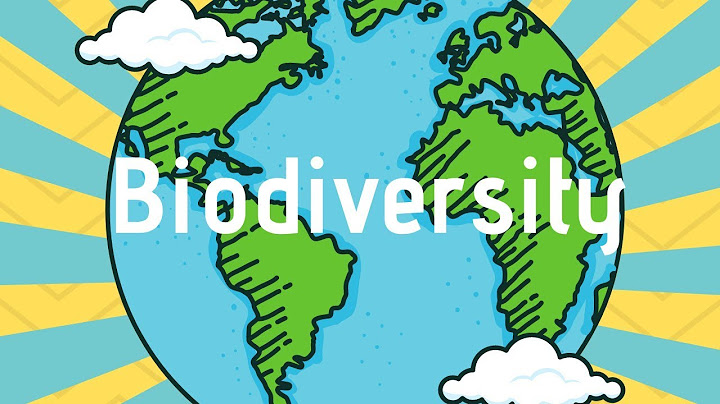 [/vc_column_text][/vc_column][/vc_row][vc_row][vc_column][vc_column_text]
[/vc_column_text][/vc_column][/vc_row][vc_row][vc_column][vc_column_text] [/vc_column_text][/vc_column][/vc_row]
[/vc_column_text][/vc_column][/vc_row]
